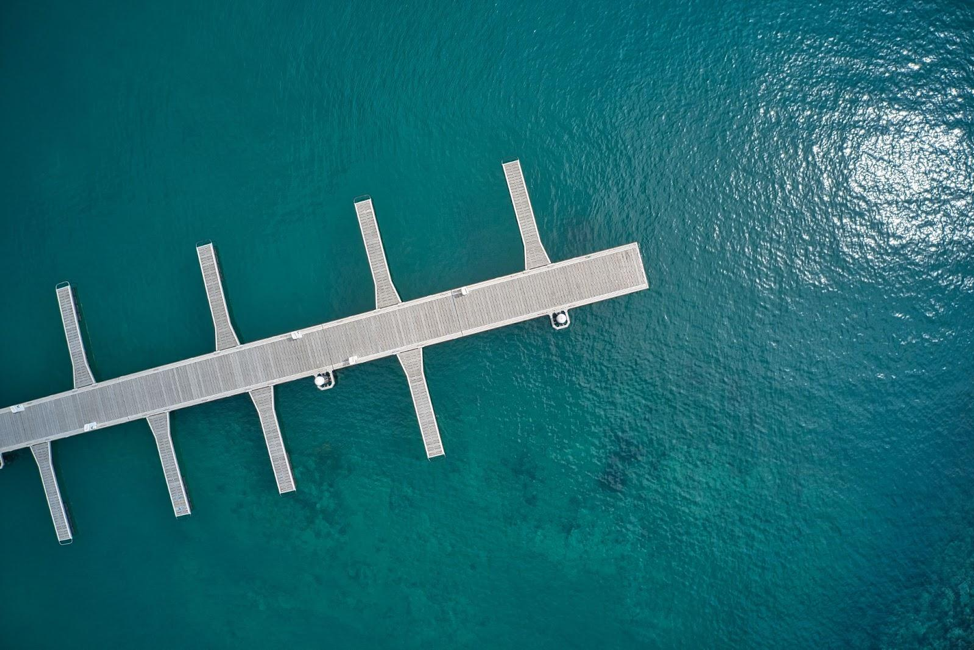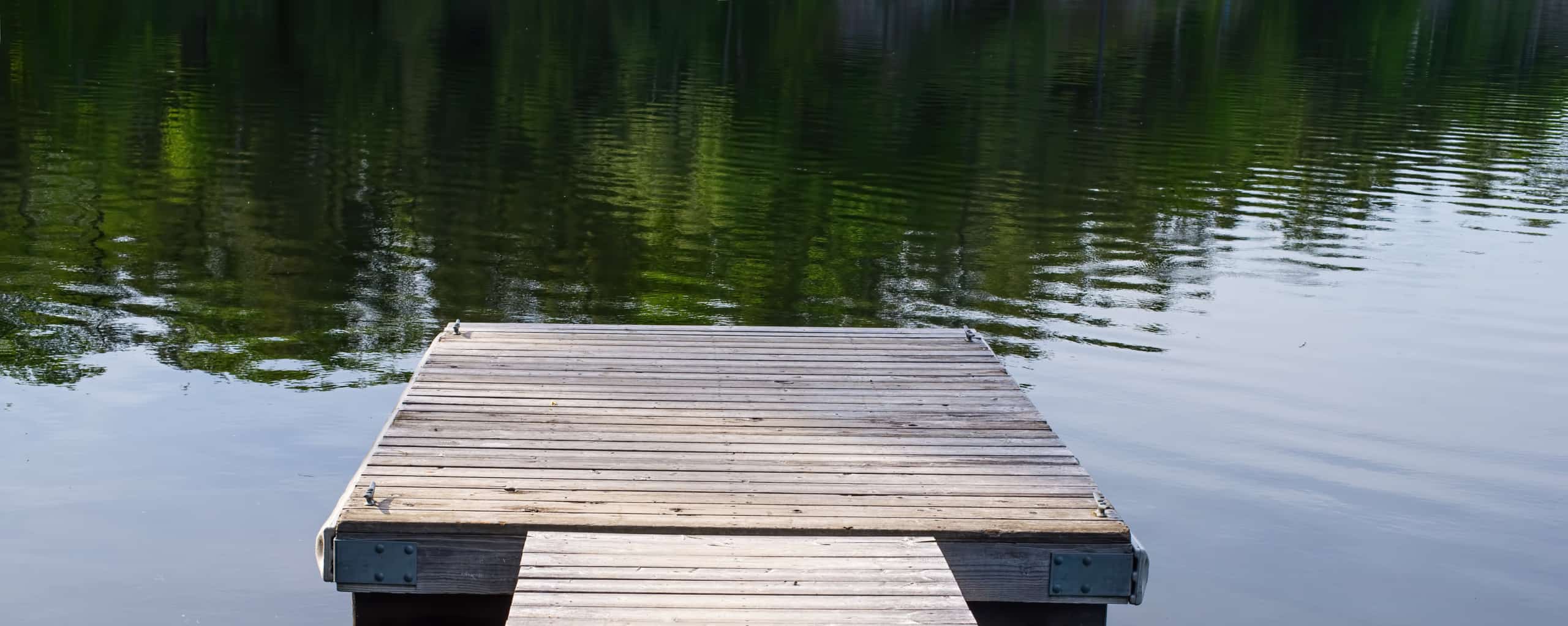Your Guide to Finding the Best Dock Company for Top Quality and Dependability
Your Guide to Finding the Best Dock Company for Top Quality and Dependability
Blog Article
Produce the Perfect Docking Remedy With Floating Docks
Floating docks existing a versatile option for a variety of maritime demands, adjusting effortlessly to rising and fall water levels and varied vessel types. Their modular nature enables for fast installment and relocation, yet the choice of appropriate materials and layout functions is vital for making sure both capability and aesthetic appeal. As we discover the vital components that add to the performance of floating docks, numerous vital elements concerning stability and maintenance will arise, elevating questions concerning exactly how to maximize your docking experience. The succeeding conversation will illuminate these vital factors to consider.

Benefits of Floating Docks
Floating docks offer many advantages that make them a suitable selection for various maritime applications. Unlike repaired docks, floating docks increase and autumn with the tide, ensuring constant availability for vessels.
Furthermore, floating docks are typically much easier and quicker to set up compared to traditional set structures. Their modular layout enables for simple setting up and disassembly, facilitating maintenance and moving when needed. This versatility is particularly beneficial for momentary applications or in settings where conditions might alter.
Floating docks additionally often tend to be a lot more environmentally pleasant, as they decrease interruption to the seabed and surrounding marine ecosystems. Their resilient nature decreases the threat of damage to marine life, promoting a much healthier atmosphere. Additionally, these docks can be tailored to suit different vessel sizes, making sure that they satisfy details operational requirements - floating dock builder.
Ultimately, the mix of versatility, ease of installation, and environmental considerations makes floating docks a highly efficient service for a variety of maritime needs.
Selecting the Right Products
Selecting the suitable materials for floating docks is critical to make certain security, sturdiness, and longevity. The selection of products straight influences the dock's efficiency in numerous environmental conditions, including exposure to water, sunshine, and potential wear from marine website traffic.
Common products used for floating docks include aluminum, timber, and high-density polyethylene (HDPE) Light weight aluminum is lightweight, corrosion-resistant, and needs very little maintenance, making it an excellent selection for longevity. Its initial price can be greater compared to other materials.
Wood, while cosmetically enticing and giving a standard appearance, can be prone to rot and pest damage otherwise appropriately treated. For that reason, making use of pressure-treated wood or normally long lasting varieties like cedar or redwood can mitigate these problems.
HDPE is a prominent selection as a result of its resistance to UV rays and chemicals, together with being ecologically friendly. floating dock builder. It is readily available and light-weight in numerous shades, enabling personalization
Ultimately, the ideal material selection will certainly depend on details requirements, including budget plan, preferred aesthetic appeals, and ecological factors to consider. Mindful examination of these variables will certainly result in a resilient and successful floating dock service.
Style Considerations for Stability
When designing floating docks, ensuring stability is an essential aspect that can dramatically impact their functionality and security. Security in floating dock design is affected by different aspects, including buoyancy, weight circulation, and the plan of elements.
Weight distribution is important; equally distributing loads throughout the dock prevents tilting and enhances stability. Bigger styles can supply enhanced stability, especially in rough water conditions, while longer docks may require extra supports to protect against drooping.
One more key factor to consider is the ecological effect, consisting of wave action and wind. Including her latest blog features such as sidewalls or skirting can help mitigate the results of ecological forces, keeping security in unfavorable problems. Inevitably, a mix of thoughtful design, material selection, and understanding of ecological aspects will certainly yield a floating dock that meets both stability and safety demands.
Installment Tips and Methods

Following, protect the essential permits and follow neighborhood policies, which might determine installation approaches and environmental considerations. Engage a certified contractor experienced in floating dock setups if needed. Use top quality materials developed for aquatic settings to boost sturdiness and durability.
When positioning the dock, align it identical to the coastline to facilitate easy gain access to. Make sure that the anchoring system is durable, employing concrete blocks or helical supports to maintain the dock versus wind and wave action. It's crucial to account for seasonal water degree changes, consisting of potential ice activity in cooler environments.
Throughout the installation, confirm the dock's floatation and stability before wrapping up the anchoring. Consistently evaluate the setup for any indications of wear or damages. By complying with these strategies and pointers, you can attain a protected, functional, and visually pleasing floating dock setup that satisfies your needs.
Maintenance and Care Standards
Caring and maintaining for floating docks is crucial to extending their lifespan and ensuring safe use. Regular assessments need to be performed to identify any indications of wear, damages, or marine growth. Try to find fractures, loose fittings, or discolored areas on the dock's surface area, as these problems can jeopardize structural stability.
Cleaning is vital. Use a stress washing machine to remove algae, barnacles, and debris, my response which can build up in time. For persistent development, take into consideration eco-friendly cleaner that will not damage aquatic life.
Furthermore, examine the mooring lines and supports often to ensure they are cost-free and secure from rust. Replace any torn or harmed lines quickly to preserve stability.
During severe climate, such as tornados or freezing problems, take preventive actions. Protect the dock with added mooring lines and, if viable, remove any removable components to stop damages.
Verdict
In verdict, the application of floating docks presents a versatile and reliable docking service suitable for numerous maritime applications. With correct installment and regular upkeep, floating docks can offer trusted and efficient docking experiences for a large range of vessels.
As we explore the essential elements that contribute to the effectiveness of floating docks, several crucial factors pertaining to security and maintenance will certainly emerge, elevating concerns about exactly how to enhance your docking experience. Unlike taken care of docks, floating docks increase and loss with the tide, ensuring consistent ease of access for vessels.When designing floating docks, ensuring security is a fundamental element that can significantly impact their performance and safety. Stability in floating dock style is influenced by different variables, including buoyancy, weight distribution, and the arrangement of components. Inevitably, a combination of thoughtful layout, material selection, and understanding of ecological factors will certainly yield a floating dock more info here that fulfills both stability and security requirements.
Report this page